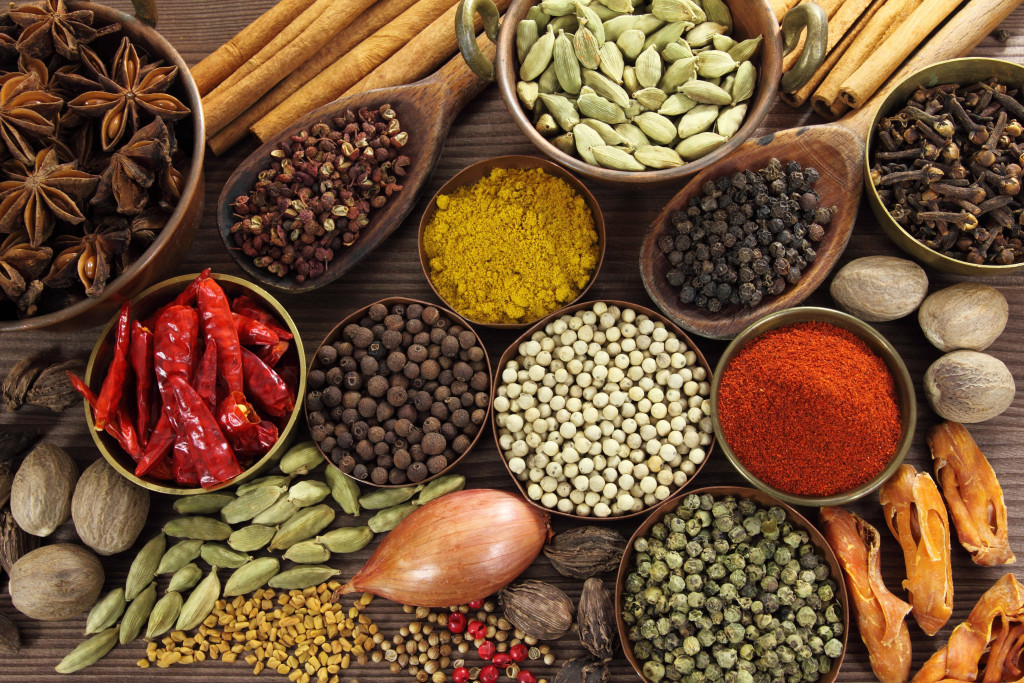Traveling and eating are two things that go together really well. Nothing caps a journey to a new place better than eating something new, preferably one that’s associated with the new location. It’s a revitalizing experience, traveling and eating. So much so that many people travel exclusively for food, and even those who don’t see the intense connection traveling has with eating different cuisines.
But it isn’t easy to scratch the itch when you can’t travel. So in the spirit of those too busy to travel, who need to save up, or for any other reason, here’s a compilation of international dishes you need to try to evoke those feelings of going on an around-the-world tour.
The Very Comforting French Onion Soup
Few things are more comfortable than French onion soup made with mellow, gently cooked caramelized onions in white wine and cognac broth. The soup has been around since at least Roman times, with the modern form first appearing in 18th-century Paris. The soup is served in a ramekin with a slice of bread and grilled cheese on top. Try this one out on your next visit to a French restaurant.
Haiti’s Black Mushroom Rice or Diri Djon Djon
Most people think of white or brown rice when rice is the topic, but the rice is black for this uncommon Haitian delicacy. White rice is mixed with a special type of black mushroom, creating Riz Djon-djon. The black mushrooms are only used for the stock they produce after being cooked, which gives the rice its color. The most critical element of cooking this meal is using a significant amount of salt and lima beans or green peas. It goes best with dishes like beef, chicken, or seafood. However, it’s also great on its own. Try Diri Djon-djon if you’re looking for something new and exciting.
The Ever-Popular Borscht (Eastern and Central Europe)
This soup is most prevalent in Eastern and Central Europe and originated in Ukraine. But you’ve most likely heard of it because of pop media’s portrayal of Russian or Ukrainian cultures. It comes in various flavors, but beetroot, stock, and sautéed veggies are crucial ingredients. Experiment with it in both hot and cold environments. Order one from your nearest Russian restaurant and enjoy a taste of Eastern and Central Europe.

Smells Just as Good as it Tastes: India’s Masala Dosa
Masala dosa is a Southern Indian food that exudes fragrant fragrances and a one-of-a-kind flavor that will make you crave more. Dosas are thin rice crepes stuffed with spicy potatoes, veggies, and flavorful spices. This dish is typically accompanied by coconut chutney or other chutneys, such as mint, chili, and coriander-based chutneys. Indian street vendors and stalls commonly sell this dish. However, your local Indian food business might offer a comparable option.
Middle Eastern Shakshuka
Untangling the web of where shakshuka comes from is just tricky since it is claimed as a special dish of North African and Middle Eastern countries. What we do know is that it’s a delicious and satisfying dish that’s become a favorite breakfast and brunch option in many Middle Eastern restaurants around the world. It’s translated as the phrase “a combination,” and it’s typically made by finely chopping down tomatoes, onions, and a variety of spices before poaching the eggs on top.
Latin America Seafood: Peru’s Ceviche
This coastal Peruvian dish is a popular serving in many fine-dining establishments, so you won’t have to make your own (unless you have ready access to very fresh fish). Peruvian ceviche is traditionally made with raw fresh fish slices marinated in lemon until soft. To balance the acidity, the lemony flavor mixes with herbs, pepper, onions, fried and boiled maize, and, on occasion, sweet potato. To scoop up the ceviche, using lettuce leaves or fried plantain chips is convenient.
Fermented and Tasty: South Korean Kimchi
If you’re one of those who enjoy the combination of fermented food and spicy flavor, South Korea’s kimchi is the recipe for you. This Korean side dish’s major component is Chinese cabbage, which is additionally seasoned with onions, garlic, and red pepper. This meal might be found in every Korean home- many Korean households still make their own kimchi, even if they’re readily available in most Korean grocery stores.
Travel restrictions are lessening, and more and more people are going out and about again. Travel businesses will resume their normal operations very soon. And excited travelers can experience the joy of going on a trip and eating delicious local food again.


